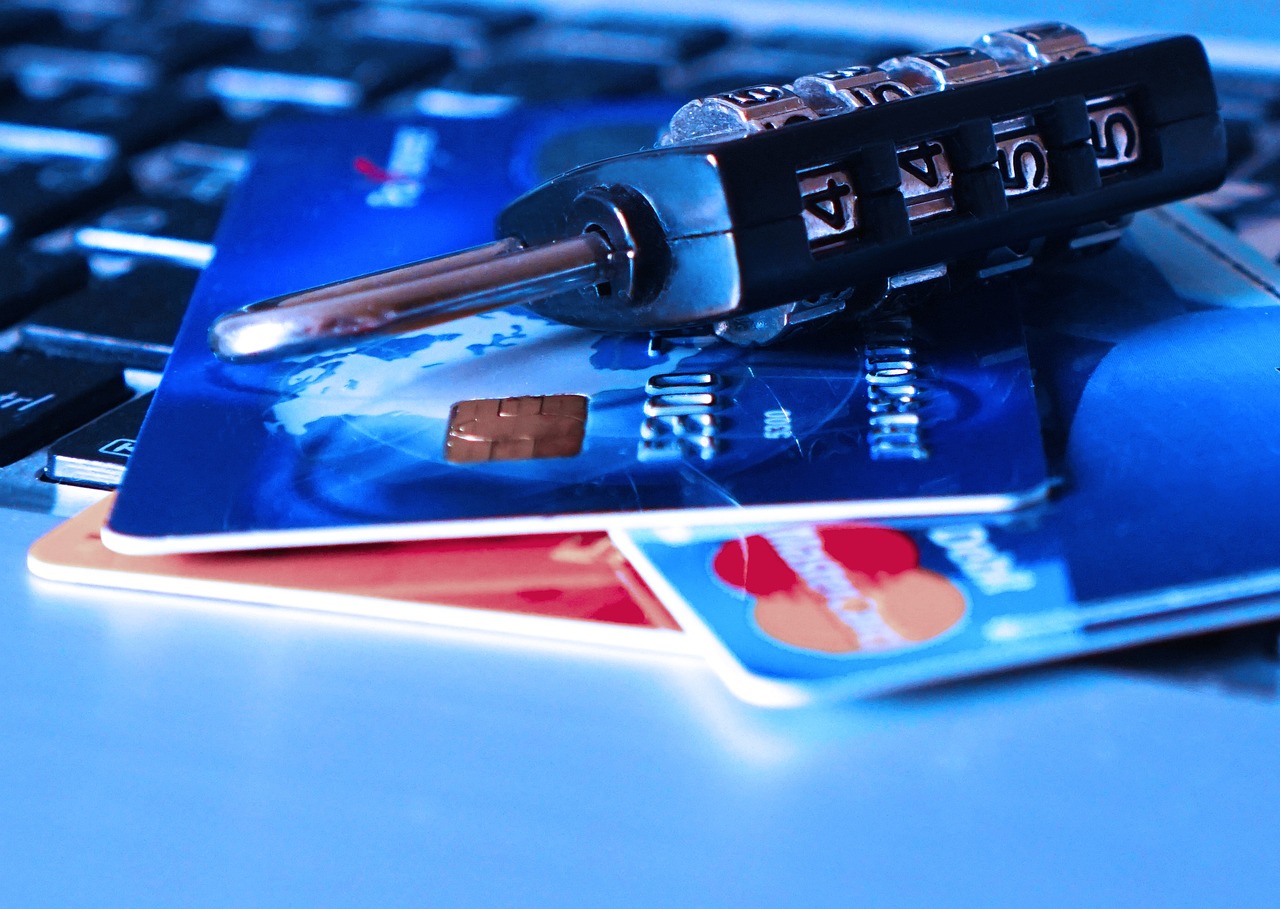NFT-Verified Dream Journals: A New Frontier in Digital Documentation

The intersection of blockchain technology and personal documentation has given rise to an intriguing development: NFT-verified dream journals. This innovation merges the burgeoning interest in non-fungible tokens (NFTs) with the age-old practice of dream journaling, offering a unique way to authenticate and preserve these deeply personal narratives.
Dream journaling has long been a tool for self-reflection and psychological analysis, allowing individuals to document their subconscious experiences for later interpretation. Traditionally, these journals were kept in notebooks or digital files, with privacy and authenticity managed by the individual. However, the advent of NFTs introduces a new dimension to this practice, using blockchain technology to secure and verify the authenticity of dream entries.
The Role of NFTs in Digital Authentication
NFTs have gained prominence as a means of verifying ownership and authenticity of digital assets. Unlike cryptocurrencies such as Bitcoin or Ethereum, which are fungible, NFTs are unique and cannot be exchanged on a one-to-one basis. This quality makes them ideal for representing ownership of individual items, such as art, music, and now, personal documents like dream journals.
By minting a dream journal entry as an NFT, individuals can ensure that their records are tamper-proof and permanently stored on a blockchain. This adds a layer of credibility and security, as each entry can be traced back to its original creator, with the blockchain serving as an immutable ledger of authenticity.
Global Context and Applications
The adoption of NFT-verified dream journals is part of a broader movement towards digital authenticity and self-sovereignty. As individuals increasingly seek control over their digital identities and personal data, blockchain technology provides a robust framework for managing and verifying personal information.
Globally, the use of NFTs for personal documentation is gaining traction. In countries with a strong focus on privacy and data security, such as Germany and Switzerland, individuals and organizations are exploring blockchain-based solutions for a variety of applications, from digital identity verification to secure document storage.
Challenges and Considerations
While the concept of NFT-verified dream journals is compelling, it is not without challenges. Key considerations include:
- Privacy Concerns: Storing personal and often intimate dream narratives on a public blockchain raises questions about privacy. While the blockchain itself is secure, the content of these journals might be accessible depending on the platform used.
- Technical Accessibility: Not everyone possesses the technical skills or resources necessary to engage with blockchain technology and NFTs. This could limit the accessibility of NFT-verified dream journals to a tech-savvy audience.
- Environmental Impact: The energy consumption associated with blockchain transactions, particularly those on proof-of-work networks, is a growing concern. Sustainable solutions and alternative consensus mechanisms are being developed, but the environmental impact remains a point of contention.
Conclusion
NFT-verified dream journals represent a fascinating convergence of technology and personal documentation, offering a secure and authenticated means of preserving one’s subconscious explorations. As blockchain technology continues to evolve, it may well redefine the way we approach digital documentation and personal data management. However, balancing the benefits of authenticity and security with considerations of privacy, accessibility, and environmental impact will be crucial as this trend develops.
Ultimately, the rise of NFT-verified dream journals highlights the potential of blockchain technology to transform personal documentation, inviting further exploration and innovation in this emerging field.















